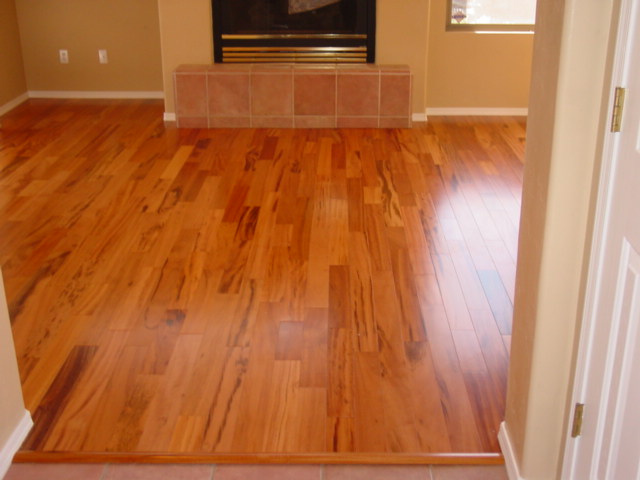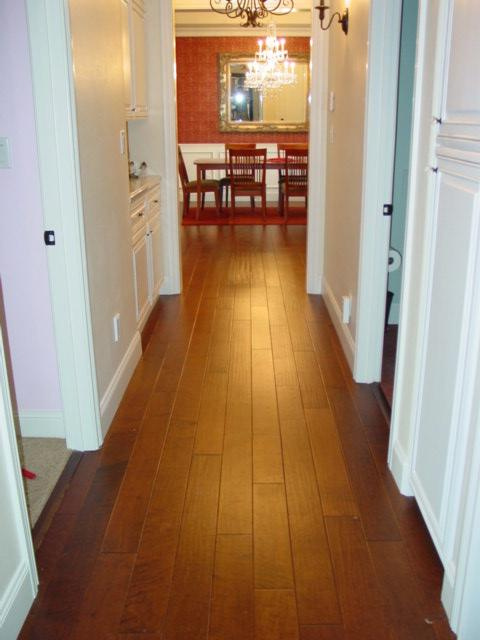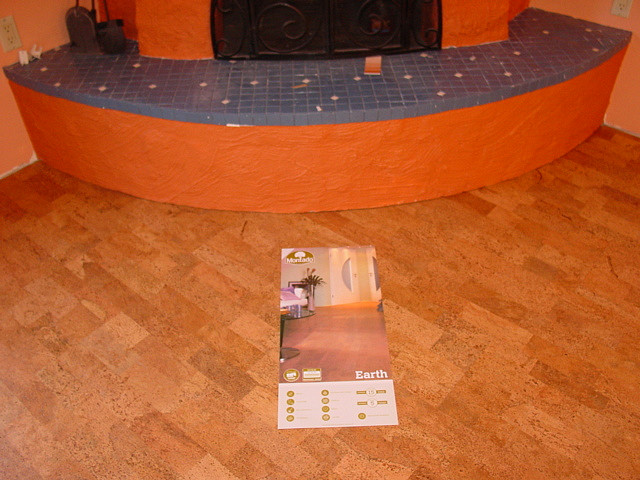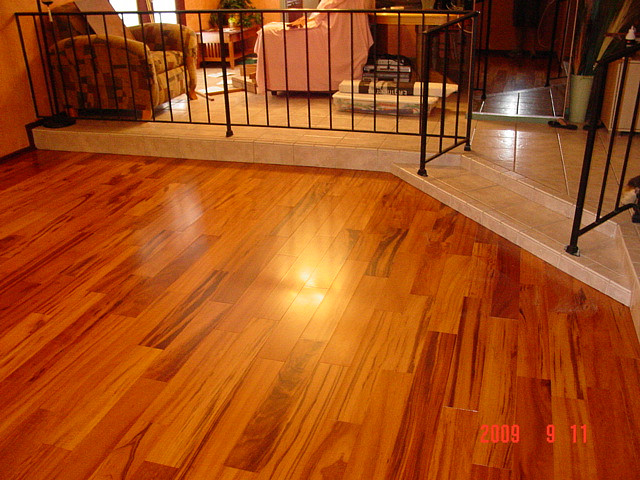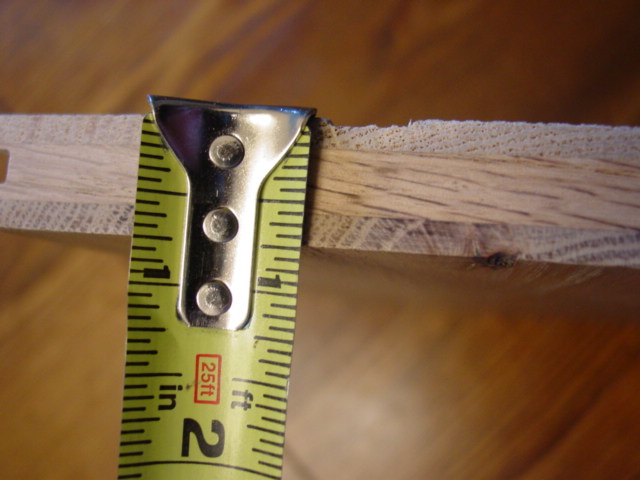
Buying Properly Manufactured Engineered Wood Flooring: Checking, Splitting, Delamination and Humidification of Hardwood in Dry Zones
If you've been out shopping for engineered you may have noticed a large difference in pricing structure of engineered floor. Mainly this is due to the amount of layers, 3-ply 4-ply etc.,, thickness of the top veneer or exotic species. But particularly the foreign made versions are much cheaper than U.S. manufacturer's.
One of the main reasons besides cheap labor is the construction of the material. Many foreign manufacturer's do not manufacture to our U.S. Standards.
The HPVA (hardwood plywood veneer association) set standards for the manufacture of hardwood plywood which engineered hardwood flooring falls under that standard which is ANSI/HVPA EF 2002. (Posted bottom of article)
There are engineered manufacturers that recommend the use of their product only where the environmental conditions are within a specified relative humidity range, typically from 35% to 50 – 65%. Note that these are the same as with solid wood. When issues arise, particularly those associated with delamination, claims have been denied because the recorded humidity was above or below the recommended range. Both NOFMA and the HPVA (Hardwood Plywood Veneer Association) feel that properly manufactured engineered flooring should not delaminate under normal environmental conditions associated with any area in the USA. This includes the desert southwest with typically low humidity and the gulf coast and southern coast with typically high relative humidity.
Many of these foreign made engineered floors are simply not manufactured to the HPVA standard using improper adhesives and or manufacturing processes.
My advice to my clients is to stick with a name brand manufacturer and one that is a reliable U.S. manufacturer that states their product is made to U.S. standards. Now many manufacturers will try and deny a claim as I have witnessed before doing inspections due to low relative humidity in the home. However this is closely attainable using a humidifier. Small checking of the finish and very small splits might be noticed in environments with low Rh. This also has a lot to do with the species as exotic species from rain forests are more sensitive. But absolutely no delamination should be seen..
You will not win this claim trying to fight a manufacturer in China or other country's that do not adopt a similar standard as written below. If you read all this you will find that engineered wood is not to be affected by indoor environments no matter where it is installed. The material can be flooded three times, dried three times and have minimum delamination and THEN ONLY AT THE EDGES... how about them apples?
The American National Standard for Engineered Wood Flooring, ANSI/HPVA EF 2002 3.5 Bond Line – All adjacent surfaces of each ply shall be uniformly and securely bonded. The flooring shall conform to the requirements of the bond test described in 4.2 3.7 Construction – The flooring pieces shall be of balanced construction, which means that they are free from warp or twist to the extent that they do not interfere with the installation or negatively affect the intended use of the product. The purpose of this requirement is to provide a product which will perform satisfactorily over the typical range of humidity and temperature in an indoor environment, when installed according to
the instructions of the manufacturer. Any construction with an even or odd number of plies, and any combination of thicknesses and shrinkage characteristics that meets the requirement for balanced construction is permitted. No two adjacent plies shall have coinciding openings greater than 12.7 mm (1/2 inch) 4.2 Bond Line Test – Two test specimens, 50.8 mm (2 inches) wide by 127 mm (5 inches) along the grain, shall be cut from each flooring sample tested. The specimens shall be cut from opposite sides of the flooring after all tongue and groove portions have been removed. The specimens shall be submerged in water at 24 C+-3C (75 F +-5F) for 4 hours, and then dried at a temperature between 49 and 52 C (120 and 125 F) for 19 hours,
with sufficient air circulation to lower the moisture content (based on oven-dry weight) of the specimens to a maximum of 8 percent. This cycle shall be repeated until all specimens fail or until three cycles have been completed, whichever occurs first. The flooring shall be considered as failing when any single delamination between two plies of either specimen is greater than 50.8 mm (2 inches) in continuous length, over 6.4 mm (1/4 inch) in depth at any pint, and 0.08 mm (.003 inch) in width as determined by a feeler gauge 0.08 mm (0.003 inches) thick and 12.7 mm (1/2 inch) wide. Specimens shall be examined for delamination at the end of each cycle. Delamination due to tape at joints or inner plies or defects allowed by the grade shall be disregarded. For performing the bond line test, the flooring samples shall be selected in multiples of ten in order to provide for a sufficient number of specimens (two specimens per sample) to which the acceptance levels are applied. Ninety-five percent of test specimens shall pass the first cycle, and eighty- five percent of test specimens shall pass the third cycle.

